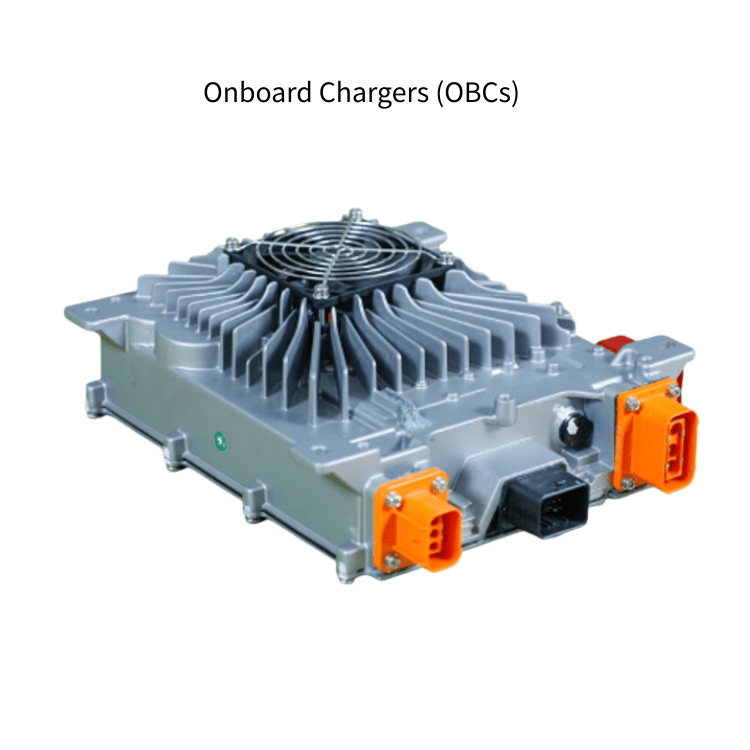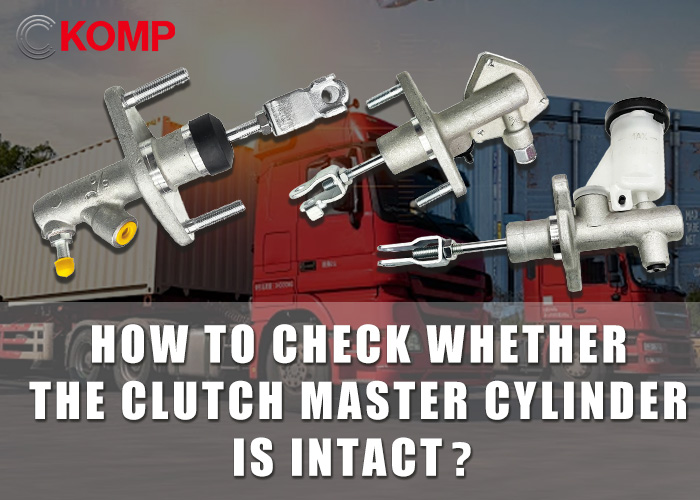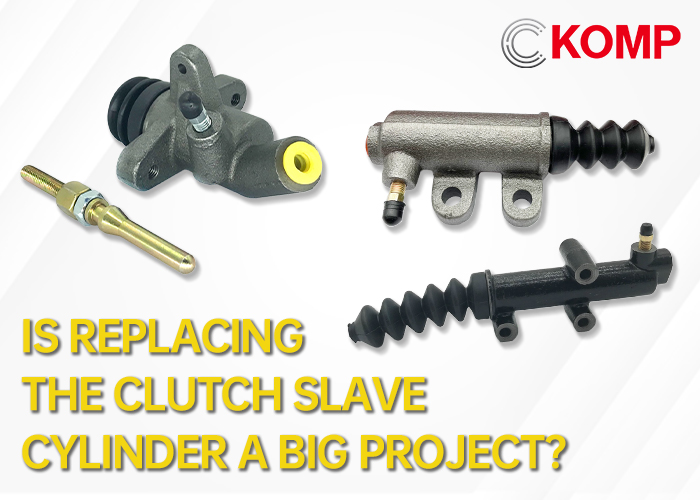Choosing the Right 8-Ton Excavator for Mountain Work: A Reliable Partner for Turkish Clients
In the rugged terrains of Turkey’s mountainous regions, construction and excavation projects pose unique challenges. The combination of steep slopes, rocky surfaces, and limited maneuvering space demands machinery that is not only powerful but also agile and fuel-efficient. For our Turkish clients working in such demanding conditions, the 8-ton crawler excavator has become an ideal solution — balancing size, strength, and versatility.
Why 8-Ton Excavators Are Ideal for Mountain Work
Mid-sized excavators in the 8-ton class offer the best of both worlds. They are compact enough to operate in tight, uneven spaces while still powerful enough to handle earthmoving, trenching, and material loading in rocky or unstable environments. Their lighter weight compared to large excavators reduces the risk of ground pressure and slippage on slopes, while offering the hydraulic power needed to break through tough terrain.
Our 8-ton excavators are engineered for exactly this type of scenario. Equipped with high-efficiency engines, robust undercarriages, and reinforced booms, they provide excellent stability and digging strength even on mountain inclines. With a tail-swing design optimized for narrow passages, they can work effectively in limited-access locations often found in Turkey's hilly landscapes.
Key Features for Mountain Terrain Projects
1. Strong Power-to-Weight Ratio:
The heart of any excavator is its engine. Our 8-ton models are equipped with fuel-efficient diesel engines (from brands like Yanmar or Kubota, depending on the customer’s request) delivering 55–65 kW of power. This ensures enough force for bucket breakout and lifting operations, even when working uphill or on compacted soil.
2. Advanced Hydraulic System:
Our machines use advanced hydraulic systems that allow for smooth, responsive control. This is crucial for mountain work, where precision is needed to avoid overcutting or destabilizing the work surface. Multiple operating modes give operators flexibility for fuel saving, digging, or lifting-heavy applications.
3. Reinforced Undercarriage and Tracks:
The undercarriage is strengthened with heavy-duty rollers and reinforced track links to endure constant exposure to rocks, gravel, and uneven ground. Optional wider tracks are available to increase ground contact area and reduce slippage on slopes.
4. Operator Comfort and Safety:
When working in remote or high-altitude areas, operator comfort becomes essential for productivity. Our excavators feature air-conditioned cabs, adjustable suspension seats, wide visibility windows, and ROPS/FOPS certified safety structures. Ergonomic joystick control reduces operator fatigue during long working hours.
5. Easy Maintenance:
changlinmach 8-ton excavators are designed with easy-access engine compartments and centralized maintenance points. In mountainous areas where service support may be far away, this reduces downtime and ensures the machine stays operational with minimal effort.
Use Cases in Turkish Mountain Regions
Turkish clients typically use our 8-ton excavators for a variety of applications such as:
-
Road building and maintenance in hilly rural areas
-
Laying foundations for mountain homes or lodges
-
Installing water or electrical pipelines on slopes
-
Quarry site preparation and rock separation
-
Forestry path clearing and small dam construction
In one specific case, a customer in Eastern Anatolia used our 8-ton model for a village access road project that required carving a path along a steep hillside. The operator praised the machine’s stability, low fuel consumption, and the ability to operate for long hours without overheating — even during the hot Turkish summer.
Support and Customization for Turkish Clients
We understand that every site is different, which is why we offer customization options tailored to Turkish customers. Machines can be equipped with:
-
Quick couplers for fast tool switching
-
Rippers for loosening compact soil or rock
-
Tilt buckets for shaping slopes
-
Hydraulic breakers for small-scale demolition
-
Optional Stage III / Stage V emission engines, based on local regulations and fuel availability
Additionally, we provide full operator manuals in Turkish, 24/7 remote technical support, and a full set of spare parts shipped with each machine. For bulk orders, we also offer on-site technician training and video guidance to ensure smooth operations.
Conclusion
For Turkish contractors working in mountainous regions, selecting the right equipment can mean the difference between success and costly delays. The 8-ton excavator offers a perfect balance of agility, strength, and reliability — making it the go-to solution for challenging terrain.
With Sinomach Changlin’s decades of experience, global engineering standards, and sincere dedication to customer service, we are proud to be a trusted partner for clients in Turkey and beyond. Whether it's for infrastructure development, mining, or rural access projects, our machines are ready to climb every mountain with you.









